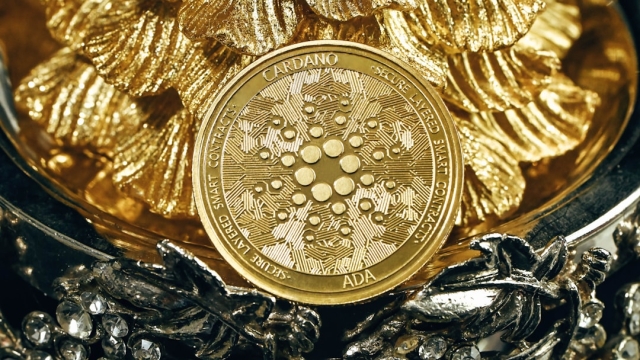Understanding ancient currency valuation is crucial for anyone interested in the fascinating world of historical economies and the artifacts that represent them. Currencies from ancient civilizations offer valuable insights into trade practices, societal structure, and cultural values. By exploring how these currencies were valued, collectors and investors can gain a deeper appreciation for their significance and make informed decisions regarding their investments.
Historical Context of Ancient Currencies
Ancient currencies served as a medium of exchange, a unit of account, and a store of value long before the establishment of modern monetary systems. Different civilizations developed their own forms of currency, ranging from metal coins to barter systems, each reflecting the economic conditions and cultural practices of the time. For example, the use of silver and gold coins in ancient Rome facilitated trade across vast distances, while the Chinese developed paper currency to simplify transactions.
These currencies were not just tools for commerce; they often carried significant cultural and political symbolism. Coins featured the likenesses of emperors, gods, or important events, which helped to legitimize authority and promote civic pride. Understanding the historical context of these currencies is essential for assessing their value today, as it provides insight into their rarity, demand, and overall significance in the historical narrative.
Methods for Assessing the Value of Ancient Coins and Artifacts
valuation of ancient currencies requires a multifaceted approach. Here are some key methods used by experts and collectors to assess value:
1. Historical Significance
The historical importance of a coin can greatly influence its value. Coins linked to significant events, such as the reign of a notable ruler or a major battle, often command higher prices. Researching the context in which a coin was minted can provide valuable insights into its worth.
2. Rarity and Demand
Rarity is a critical factor in determining value. Coins that were produced in limited quantities or those that have survived in fewer numbers due to wear or loss are typically more valuable. Additionally, the demand from collectors plays a crucial role; if a specific type of coin is highly sought after, its value can increase significantly.
3. Condition and Grading
The physical condition of a coin is paramount in the valuation process. Coins are graded based on their preservation, with higher grades indicating better condition. Grading systems, such as the Sheldon Scale, can help collectors understand the relative value of a coin based on its condition.
4. Market Comparisons
Comparative analysis is another effective method for determining value. Looking at auction results and sales data for similar coins can provide insights into current market trends. Resources like price guides and specialized auction houses can be invaluable for collectors seeking to understand the market landscape.
Resources for Collectors and Investors
For those interested in ancient currency valuation, numerous resources are available. Engaging with reputable numismatic societies or online forums can connect collectors with experts who share valuable insights and experiences. Additionally, attending coin shows or exhibitions can offer firsthand access to a variety of ancient currencies, allowing collectors to assess their condition and historical context.
For specific interests, such as biblical coins, dedicated websites and databases offer extensive information about their history and valuation, making them excellent starting points for research. For instance, resources that focus on ancient shipwreck coins provide a unique perspective on the maritime trade and cultural exchange of past civilizations. You can explore more about such currencies here.
Conclusion
In conclusion, understanding ancient currency valuation is essential for appreciating the historical and cultural significance of these artifacts. By considering factors such as historical context, rarity, condition, and market comparisons, collectors and investors can make informed decisions. Thorough research and consultation with experts can further enhance one’s understanding and appreciation of ancient currencies, ensuring that these treasures continue to be valued and revered for generations to come.

